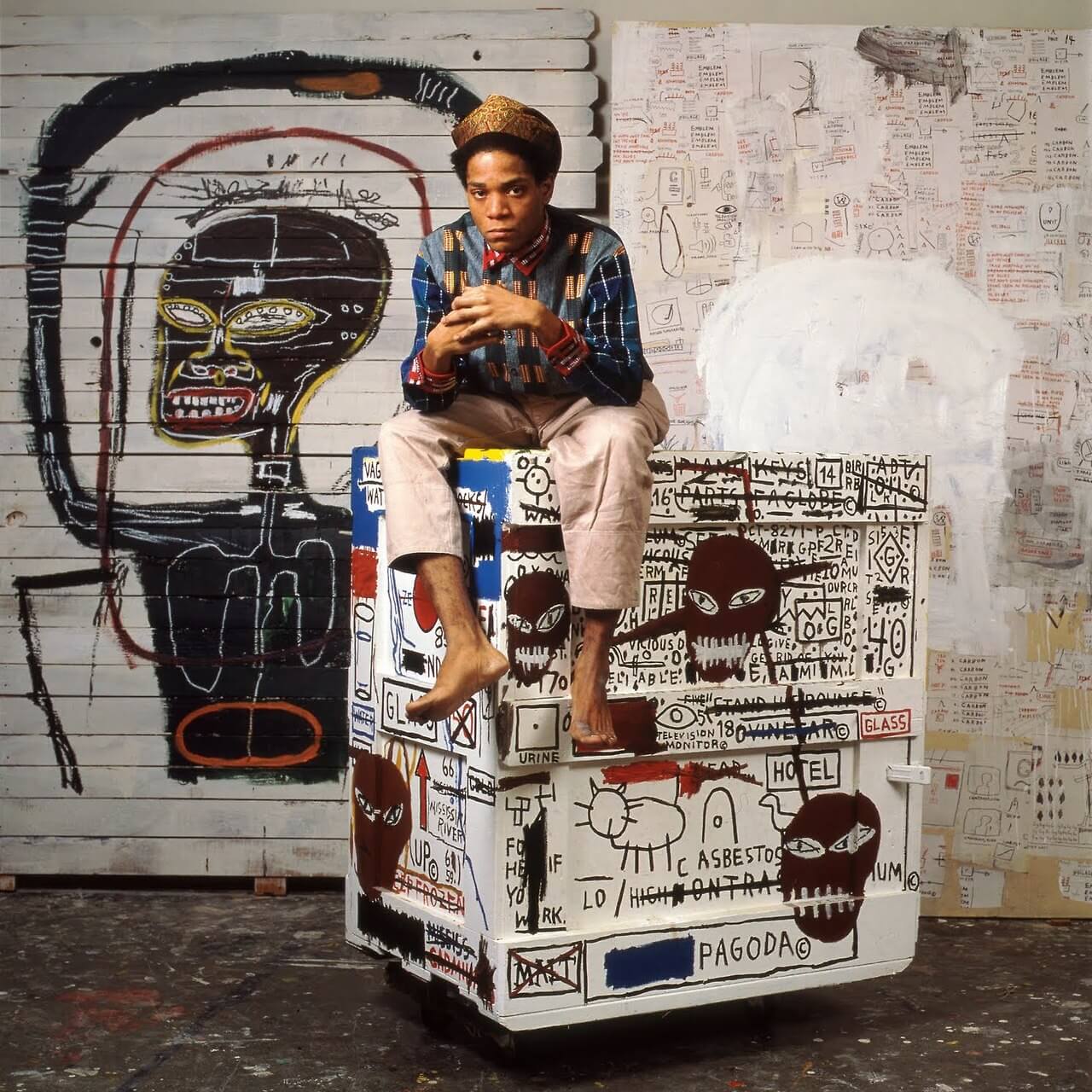
Dialogues of Innovation: Exploring 1980s New York with David Bowie and Jean-Michel Basquiat
In this speculative dialogue, we delve into the possible exchange between two trailblazers of the 1980s: the legendary musician David Bowie and the enigmatic artist Jean-Michel Basquiat. Imagining a conversation that never occurred, we explore how their individual journeys intersected with the thriving artistic tapestry of early 1980s New York City.
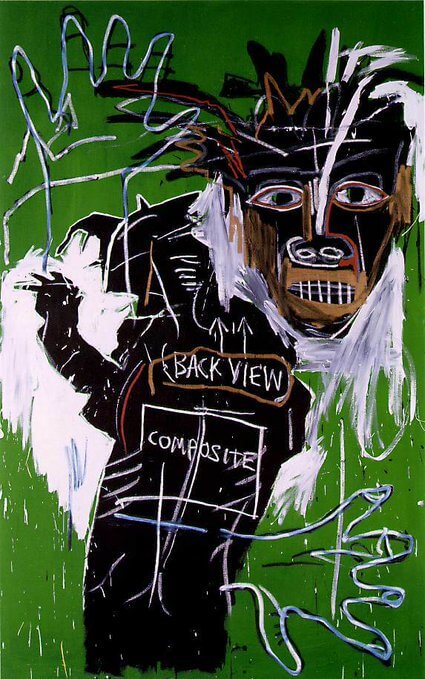
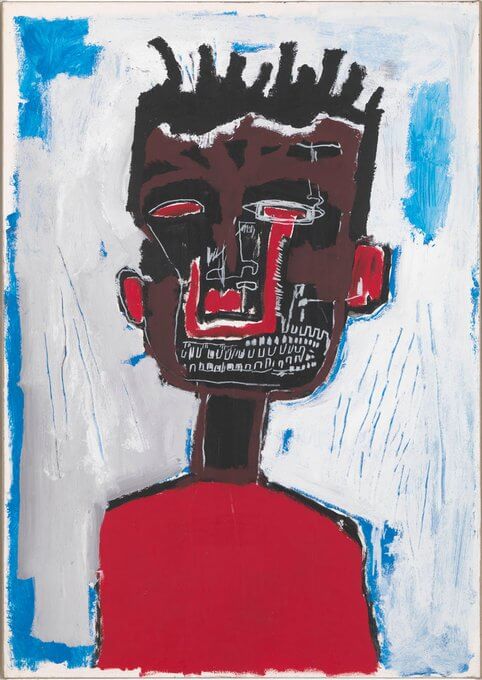
David Bowie (DB): Jean-Michel, it’s a fascinating era we lived through. The 1980s in New York were a cultural whirlwind. How do you feel your art resonated with the dynamic spirit of that time?
Jean-Michel Basquiat (JMB): Thanks for having me, David. The city was my canvas, my inspiration. The streets were alive with raw energy, a mix of struggle and triumph. My art was a response, an attempt to capture those voices that often went unheard.
DB: Your work truly captured the heartbeat of the streets. And you, my friend, were an embodiment of that spirit. I remember seeing your pieces all around downtown Manhattan. What compelled you to merge your art with the urban landscape?
JMB: The streets were my education, David. I had this urge to make my mark, to communicate with everyone who passed by. Graffiti was a rebellion, a way to claim a piece of the city for ourselves. It was daring and immediate, just like the music scene you were a part of.
DB: Indeed, music and art have a symbiotic relationship. Our expressions find kinship in their ability to resonate with the masses. Speaking of which, our video collaboration for “China Girl” pushed the boundaries of artistic fusion. How did it feel for you, an artist, to direct a music video?
JMB: Directing “China Girl” was electrifying, David. Music was a powerful influence on my work, and this was a chance to meld visuals with sound in a new way. The video’s grittiness, its unfiltered portrayal, it aligned perfectly with the artistic rebellion of our time.
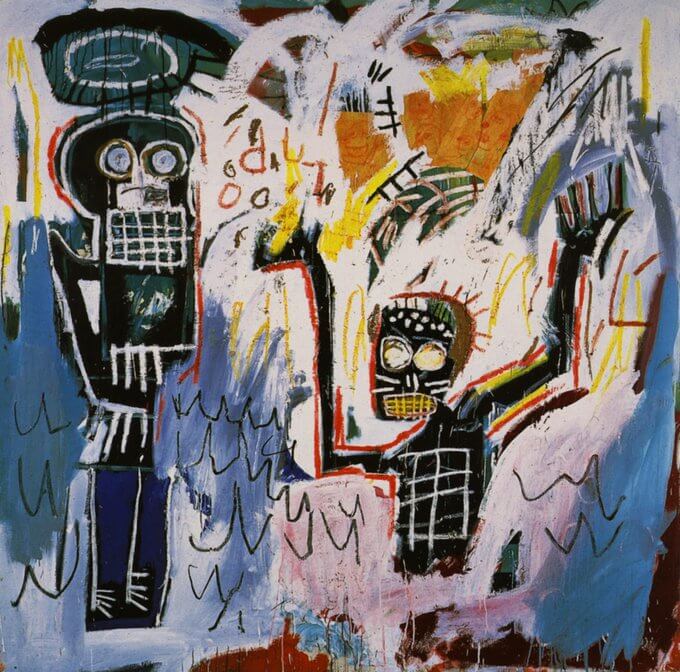
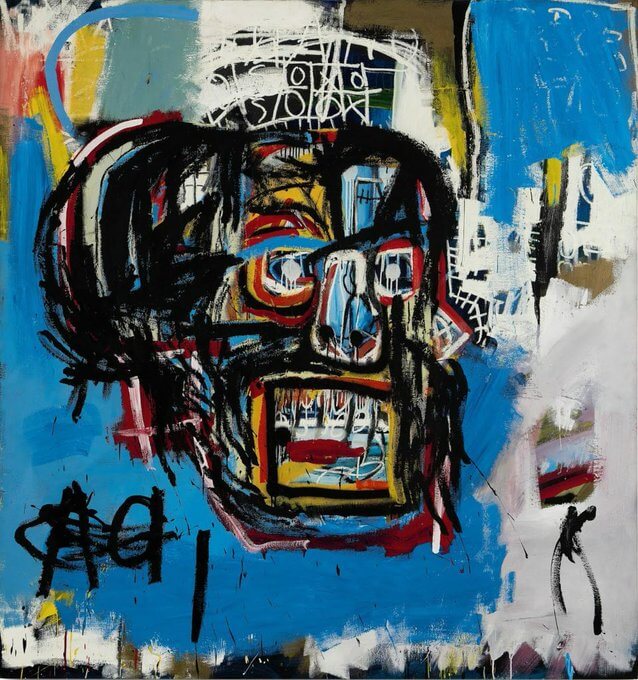
DB: Our collaboration was a testament to the era’s creative intersections. The city was a paradox – both a muse and a challenge. How did New York’s tumultuous energy shape your perspective and your art?
JMB: The city was relentless, David. Its struggles became my subject matter, and its triumphs fueled my drive. The chaos and diversity of New York were my palette. Every piece I created was a dialogue with the city, an attempt to make sense of the cacophony.
DB: The cacophony led to a symphony of artistic voices. Jean-Michel, your untimely departure left a void in the creative world. What do you hope your legacy from those prolific years will be?
JMB: I hope I inspired courage, David. The courage to challenge norms, to embrace the unconventional. The 80s were about defying expectations, and I want my legacy to echo that sentiment. My art, my experiences – they’re all part of this intricate mosaic.
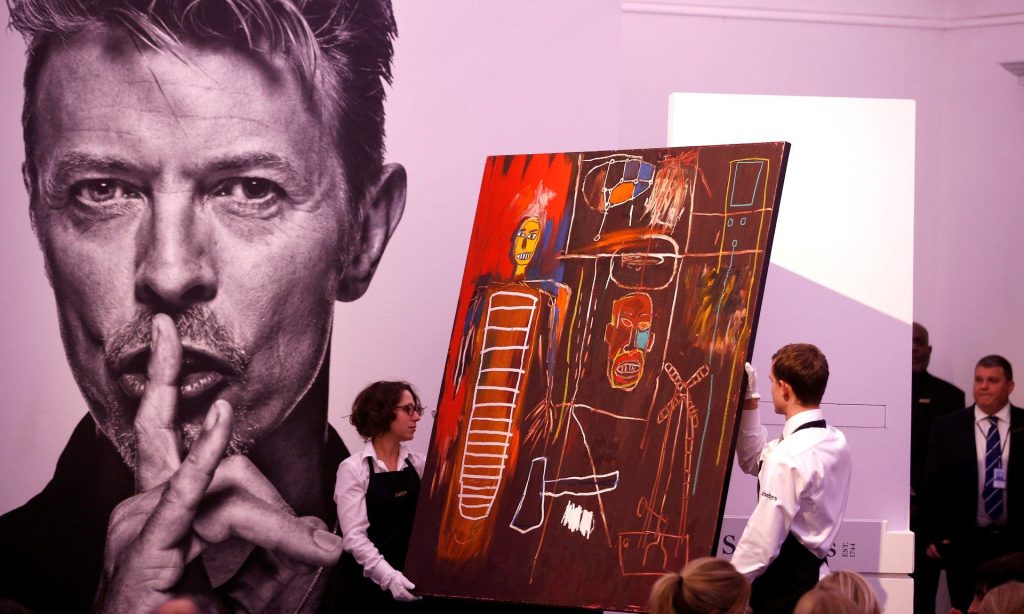
DB: Your mosaic continues to inspire. Our conversation today is a tribute to that inspiration, a contemplation of a remarkable era. As we conclude, any final reflections on the 80s and the impact it had on our artistic journeys?
JMB: The 80s in New York were a convergence of dreams and defiance, David. Our expressions were like beacons in the night, guiding us through the chaos. The city and its energy – they’re eternal, echoing in the art and music of every generation.
DB: Jean-Michel, your words resonate deeply. Thank you for this imaginary exchange, for allowing us to glimpse the essence of our creative contemporaneity.
JMB: Thank you, David. Keep pushing the boundaries, my friend.
In this imagined conversation, David Bowie and Jean-Michel Basquiat engage in a dialogue that reflects the artistic dynamism of early 1980s New York. While their actual collaborations may not have included a conversation like this, their individual contributions to the art and music scenes of the era remain indelible. Their legacies, forever intertwined with the cultural tapestry of their time, continue to inspire and resonate with generations that followed.
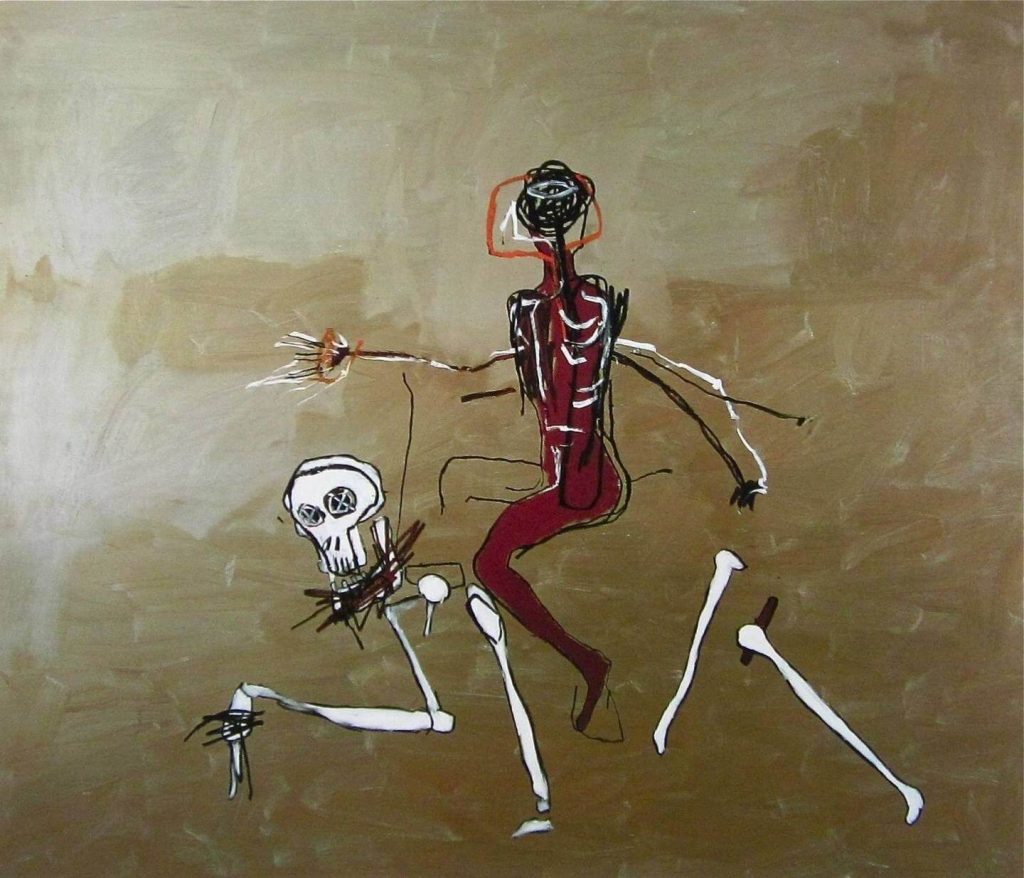
In the 1996 film “Basquiat,” directed by Julian Schnabel, David Bowie portrayed the iconic artist Andy Warhol. This film centered around the life and career of Jean-Michel Basquiat, and Bowie’s portrayal of Warhol was a notable aspect of the movie.
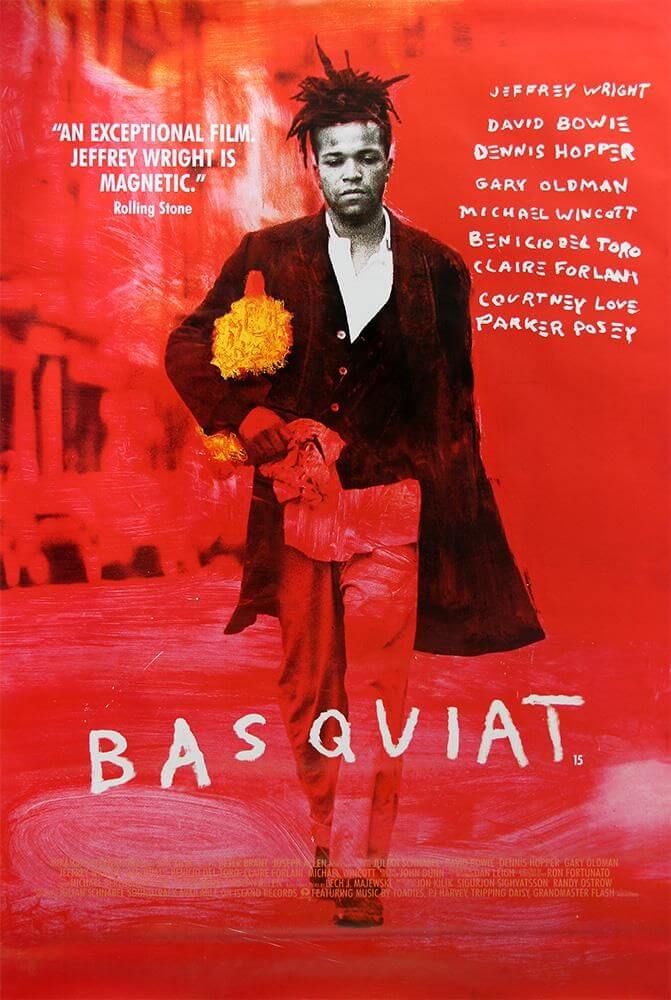

Here are a few pieces of trivia related to Bowie’s role as Warhol in “Basquiat”:
- Historical Connection: David Bowie’s portrayal of Andy Warhol was particularly significant due to the real-life connection between the two artists. Bowie had known Warhol and even recorded a song titled “Andy Warhol” on his 1971 album “Hunky Dory.”
- Personal Motivation: Bowie had a deep admiration for Warhol and his contributions to art and pop culture. Portraying Warhol in the film allowed Bowie to pay tribute to the artist who had influenced him and many others.
- Artistic Parallel: Just as Jean-Michel Basquiat found inspiration from Warhol’s work and sought his mentorship, Bowie also had his own interactions with Warhol that influenced his music and career trajectory. Playing Warhol in the film presented a parallel between the relationships of Basquiat and Warhol and Bowie and Warhol.
- Cameo by Warhol’s Artwork: In the film, there’s a scene in which David Bowie, as Andy Warhol, showcases a piece of art that’s actually an original work by Warhol himself. This inclusion adds a layer of authenticity to Bowie’s portrayal.
- Physical Resemblance: Bowie’s casting as Warhol was not only due to his admiration for the artist but also because of his physical resemblance to Warhol. The film’s creators believed that Bowie could capture Warhol’s unique persona and mannerisms.
- Impact on the Film: Bowie’s performance as Warhol added a layer of complexity to the portrayal of Basquiat’s interactions with the art world’s luminaries. The scenes between Basquiat and Warhol provided insights into their artistic dynamics and the challenges faced by emerging artists.
- Bowie’s Acting Career: David Bowie had a notable acting career alongside his music career. He appeared in several films, including “The Man Who Fell to Earth” (1976), “Labyrinth” (1986), and “The Prestige” (2006). His role as Warhol in “Basquiat” is often highlighted as one of his more memorable performances.
David Bowie’s portrayal of Andy Warhol in “Basquiat” is a significant aspect of the film, adding depth and historical context to the narrative. Bowie’s personal connection to Warhol and his ability to capture the essence of the artist contributed to the authenticity of his performance.

0 comments